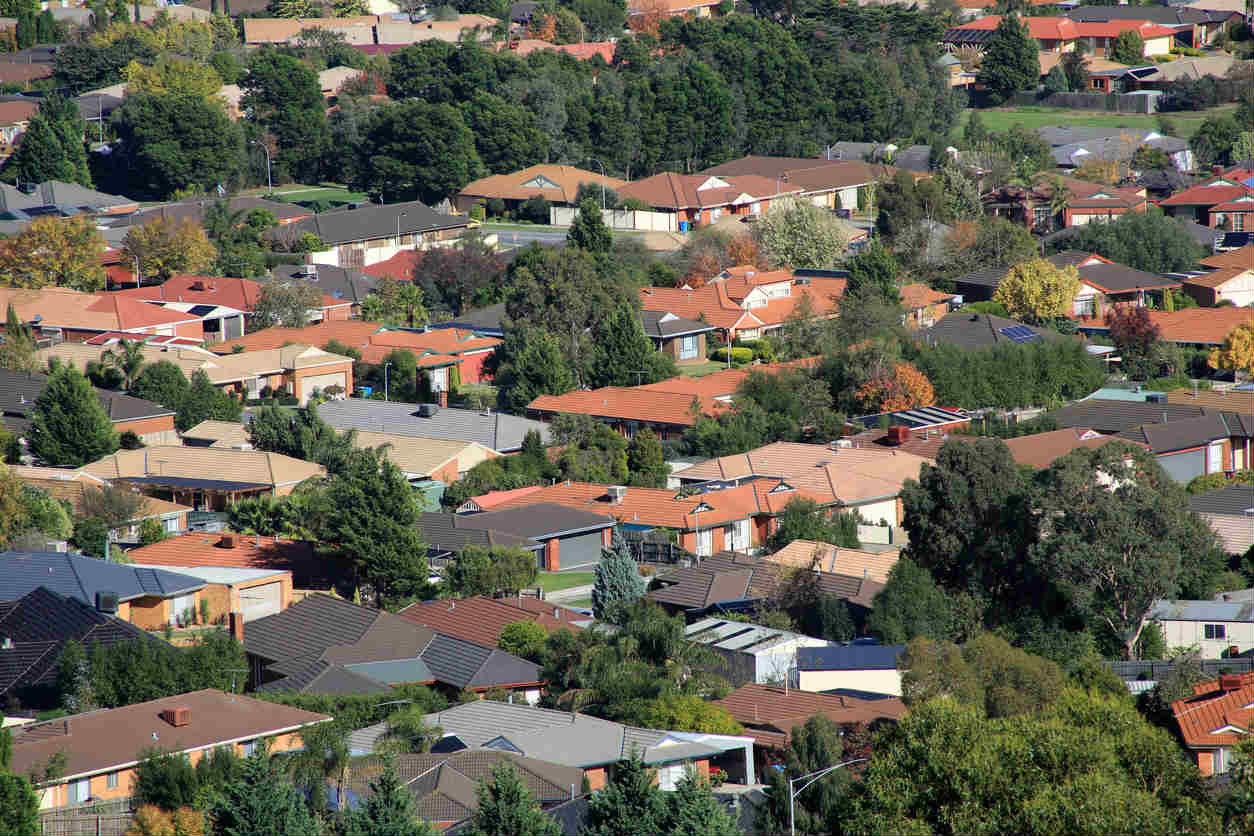Regional Australian property market outperforms capital cities
Did you know that some regional property markets have outperformed many of our capital cities over the last three months?
If that made you choke on your cereal, you only need to look to CoreLogic's April home value index results, which recorded declines for our largest capitals, while combined regional dwelling values climbed 0.4 per cent over this period.
This is why savvy investors are looking to regional Australia for some of the fastest growing property investment opportunities.
Why is regional property performing so well?
Regional centres not only offer better value than metro markets, but investors are increasingly looking to them for more attractive growth opportunities. Increasingly there are good reasons to invest and live there. Regional towns and cities are being transformed by better transport links, and have developed more resilient and diversified local economies.
This makes them more accessible with better employment opportunities. A slower pace of life is also proving a drawcard for people looking for a sea change from the hustle and bustle of larger urban centres like Sydney and Melbourne.

Regional property bucks the trend
Regional property has also bucked the trend of the last five years, by outperforming once invincible metro markets. Capital city dwelling values have previously grown at an annual rate of 6.8 per cent, dwarfing regional market growth of just 3.5 per cent over this timeframe.
In a clear reversal the past twelve months has seen capital city dwelling values fall by 0.3 per cent while regional values are up 2.4 per cent. This is against a backdrop of a drop of 0.1 per cent for national dwelling values in April.
Sellers in regional markets, where values continue to rise, have a relatively optimistic view of the current market.
Sentiment is higher in regional property markets
This correction in metro markets is reflected in OpenAgent's latest consumer sentiment report, which records downward confidence in Sydney, but sentiment in regional areas like Newcastle and Wollongong rising.
For most of 2017 metro areas displayed more positive sentiment than regional areas, but this changed late in Q4 when a reading of +3.4 (based on a 5 tier scale) was recorded in November.
This suggests that sellers in regional markets, where values continue to rise, have a relatively optimistic view of the current market.
Capital cities slow or stagnate
According to CoreLogic metro property prices were 0.3 per cent lower over the month of April, with Sydney and Melbourne both down -0.4 per cent, Brisbane down -0.1 per cent, with Perth flat and Adelaide up +0.1 per cent.
Darwin and Canberra were both up +0.6 per cent with Hobart the only city up by more than 1 per cent in the month. This data is a clear signal that many metro markets are experiencing a minor correction.
Top regional property performers
So where exactly are the fastest growing regional areas for property investment in 2018?
If you are looking for an investment opportunity in regional NSW, then these locations all performed strongly over 2017:
- Southern Highlands - year on year growth of +28 per cent
- Shellharbour - year on year growth of +16.7 per cent
- Wollongong - year on year growth of +13.9 per cent
- Shoalhaven - year on year growth of +19.5 per cent
- Wyong - year on year growth of +12.7 per cent
If you are looking for an investment opportunity in regional Victoria, then these locations all performed strongly over 2017:
- Lorne - median house price grew by +35.26 per cent
- Greater Geelong - median house price grew by +13.1 per cent
- Wodonga - median house price grew by +6.7 per cent
If you are looking for an investment opportunity in regional Queensland, then three suburbs on the Sunshine Coast - Buddina, Forest Glen, and Noosa Heads - all grew by 13 per cent or more in the year to October 2017.
You have to look a little harder when it comes to South Australia and WA, where the local economies are not as robust. A standout regional performer in South Australia is Blanchetown which grew by a whopping +42.6 per cent over 2016/2017 - performance that put it in the top ten growth suburbs nationwide.
For investors in WA, Bluff Point was a top performer in 2016/2017, posting growth of +42.6 per cent in 2016/2017.
What is sentiment and how does it affect the property market?
Now let's take a look at the term 'sentiment' and how it relates to investing and more specifically the property market. The dictionary definition of sentiment, is variously, 'a view or opinion that is held or expressed', 'an attitude, thought, or judgment prompted by feeling' - and most eloquently, 'an attitude which is based on thoughts and feelings.'
Apply this to the property market and there is a clear relationship between how people feel and how it is performing. People tend to feel more confident of their financial circumstances if the economy is doing well, or is perceived to be doing well.
This makes us more likely to spend money, be that on clothes, a holiday overseas or on a real estate investment - a phenomenon called consumer sentiment. And while it is not a scientific measure, it is a useful market perspective of a significant demographic - home sellers.
OpenAgent's Consumer Sentiment Reports
Our Consumer Sentiment Reports look to capture the market perspectives and market expectations of home sellers - people actively looking to sell their property. It is recorded on a 5 tier scale, ranging from Strongly Up, Slightly Up, About The Same, Slightly Down and Strongly Down.
This is recorded at National, State and Metro level, and includes reasons why they are selling, and what they see as the key factors driving their local property market.
For 2017 Q4, we recorded national sentiment as a continuation of the prior quarter, with an index value of +3.8 in October 2017, slightly down from a +3.9 in September. The Australia-wide index then dropped to +3.3 in November 2017 - its lowest point since we started recording this data.
The drop in November was a clear signal of the correction currently being experienced in many of our capital cities. It is also a sign that Australia's housing market is diverse and fragmented, with local factors including consumer sentiment playing a role in the cycle of supply and demand.








